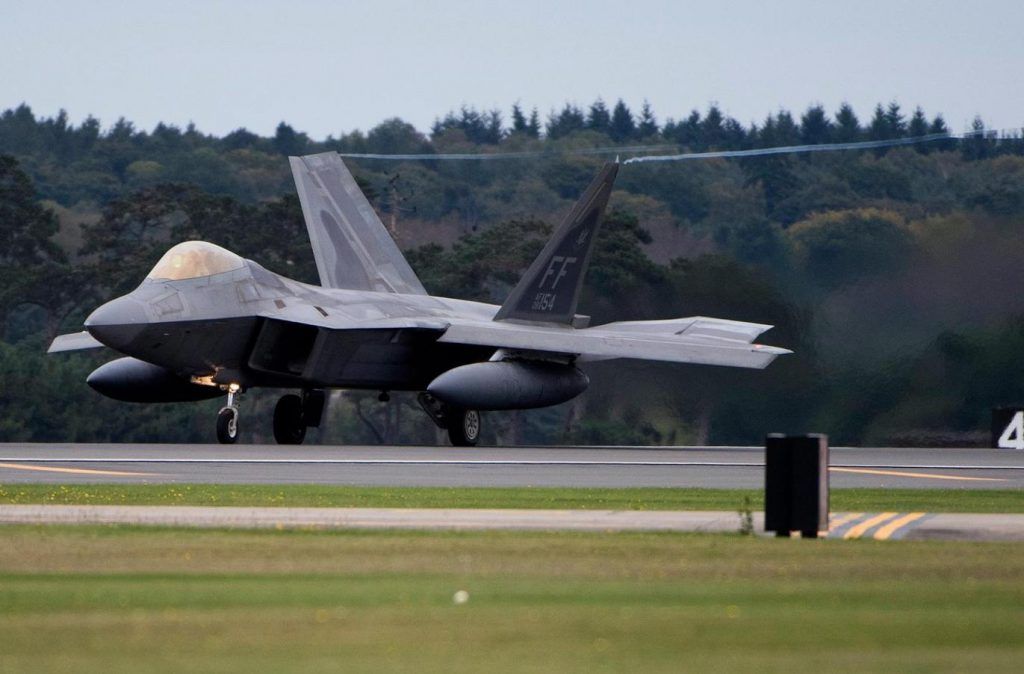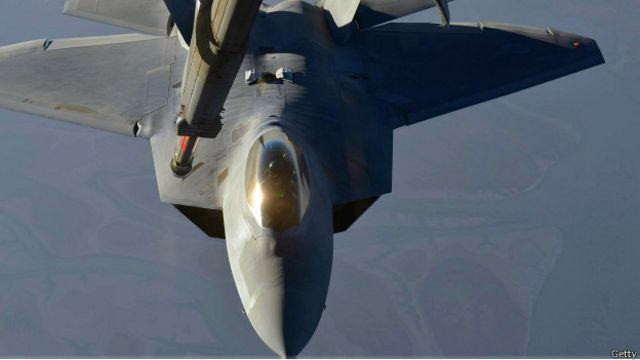

Spar at the other approximately four inches wide with a offset in the transitionĪrea. The pivot shaft, which is a 10-inch diameter cylinder at one end and a rectangular Possible the exact fiber positioning required to achieve the complex geometry of One in a flight-critical application - the F-22's horizontal stabilizers. Unique tooling approaches to incorporate a composite structure in place of a titanium Shaft is an application of Automated Fiber Placement (AFP) technology, employed with Both BMI and epoxy parts are fabricated using Spars by 20 percent and has cut in half the number of reinforcement parts neededįor installing the spars in the wings.

At Boeing, RTM has reduced the cost of wing More than 400 parts for the F-22's structure ranging from inlet lip edges to load-bearing Is a high level of part reproducibility, consistency in assembly operations, and The benefit of the matched metal tooling to RTM Placed in metal tooling that matches the shape of the part. This is a very time consuming and labor intensive process.įibrous "preforms" that are formed under vacuum from stacks of fabric and Parts traditionally are formed by applying and pressurizing hundreds of layers ofįabric that contain a pre-embedded resin, and curing, or 'baking,' them in an autoclave. Is a method of composite parts fabrication well suited to economically fabricatingĬomplex shaped details repeatedly to tight dimensional tolerances. The inlet canted frame (one each for the left and right inlets).Īircraft to take advantage of Resin Transfer Molding (RTM) of composite parts. Two for each wing), the aileron strongback (one for each aileron, two total), and The canopy deck, the wing side-of-body (SOB) forward and aft fittings (four total, On six large structures on the F-22: the rudder actuator housing (one for each rudder), On the F-22, structural titanium castings are HIP'ed to eliminate any voids that Is to collapse, or "heal", voids (gas pockets) that otherwise may be present. In a static pressure environment (more than 10,000 pounds per square inch). (HIP) casting is a process where metallic castings are subjected to very high temperatures It is one of theįirst applications of a special heat treatment of steel, which provides greater corrosion That are kicked up from the runway, etc.) is required.Īlloy used in the F-22's main landing gear is another innovation. In the F-22 than had been hoped in the early days of the program.īeing used on the F-22 for items such as landing gear and weapons bay doors (whichĪre opened frequently), where impact damage tolerance (to things such as small rocks Thermoplastics proved more expensive and more difficult to incorporate The aircraft's exterior skins areĪll BMI, which offer high strength and high temperature resistance.Īre also highly durable materials but, unlike thermosets, thermoplastics can be reheatedĪnd re-formed. Number of parts made from thermoset composites is approximately a 50/50 split betweenĮpoxy resin parts and bismaleimide (BMI) parts. High-strength alloy that was introduced on the F-22. Materials include coatings, paint, transparency, integrated forebody (radome), tires,īrakes, sealants, adhesives, seals, actuators, gases, and fluids.Īre different alloys and have different applications on the F-22. (24 % by weight), which are both stronger and lighter weight than traditional materials,Īnd offer better protection against corrosion. Of titanium (42 % of all structural materials by weight) and composite materials The high performance capabilities of the F-22 requires the significant use Materials such as aluminum and steel make up about 1/5 of the F-22's structure by Recently developed machining technologies, for instance, have allowed the inlet canted frame lip to be changed from a casting to a lower cost machined component with no appreciable weight penalty. The continuing challenge is to reduce material and component costs through a constant reassessment of emerging technologies. The use of metallics technologies such as titanium Hot Isostatic Pressed (HIP) castings and electron beam welding allowed the airframe designers to incorporate complex features into a single component without the weight of fastened assemblies. However, the extensive application of Resin Transfer Molding (RTM) technology and high temperature bismaleimide (BMI) composite materials directly resulted in the high weight/performance efficiency the Raptor demonstrates. The overall percentage of composites in the F-22 (approximately 25%) is historically high, though not unprecedented. Validating structural materials is especially important to the F-22 because new material technologies were incorporated to maximize aircraft performance.


 0 kommentar(er)
0 kommentar(er)
